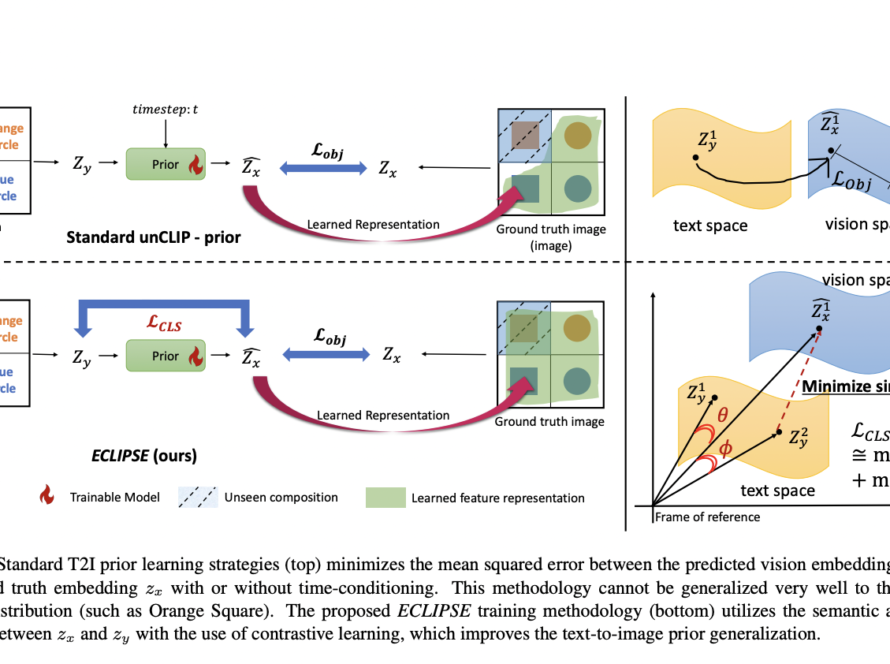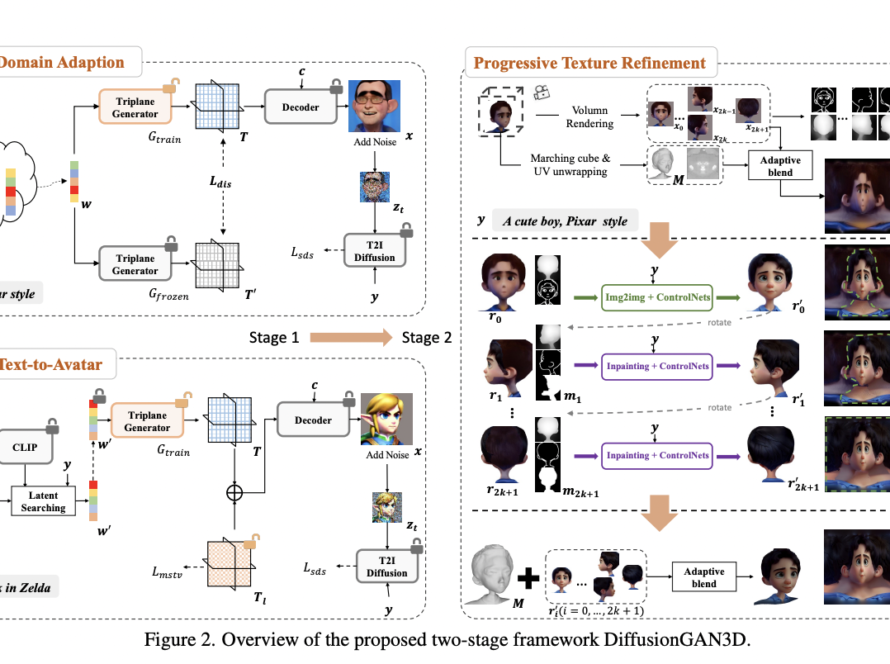[ad_1]
NeRF represents scenes as continuous 3D volumes. Instead of discrete 3D meshes or point clouds, it defines a function that calculates color and density values for any 3D point within the scene. By training the neural network on multiple scene images captured from different viewpoints, NeRF learns to generate consistent and accurate representations that align with the observed images.
Once the NeRF model is trained, it can synthesize photorealistic novel views of the scene from arbitrary camera viewpoints, creating high-quality rendered images.NeRF aims to capture high-fidelity scene details, including complex lighting effects, reflections, and transparency, which can be challenging for traditional 3D reconstruction methods.
NeRF has shown promising results in generating high-quality 3D reconstructions and rendering novel views of scenes, making it useful for applications in computer graphics, virtual reality, augmented reality, and other fields where accurate 3D scene representations are essential. However, NeRF also has computational challenges due to its significant memory and processing power requirement, especially for capturing large and detailed scenes.
3D Gaussian splatting entails a substantial number of 3D Gaussians to maintain the high fidelity of the rendered images, which requires a large amount of memory and storage. Reducing the number of Gaussian points without sacrificing performance and compressing the Gaussian attributes increases efficiency. Researchers at Sungkyunkwan University propose a learnable mask strategy that significantly reduces the number of Gaussians while preserving high performance.
They also propose a compact but effective representation of view-dependent color using a grid-based neural field rather than relying on spherical harmonics. Their work provides a comprehensive framework for 3D scene representation, achieving high performance, fast training, compactness, and real-time rendering.
They have extensively tested compact 3D Gaussian representation on various datasets, including real and synthetic scenes. Throughout the experiments, regardless of the dataset, they consistently found over ten times reduced storage and enhanced rendering speed while maintaining the quality of the scene representation when compared to 3D Gaussian Splatting.
Point-based methods have been widely used in rendering 3D scenes. The simplest form is point clouds. However, point clouds can lead to visual artifacts such as holes and aliasing. Researchers proposed point-based neural rendering methods to mitigate this by processing the points through rasterization-based point splatting and differentiable rasterization.
The future of NeRF holds promise for revolutionizing 3D scene understanding and rendering, and ongoing research efforts are expected to push the boundaries further, enabling more efficient, realistic, and versatile applications across various domains.
Check out the Paper and Github. All credit for this research goes to the researchers of this project. Also, don’t forget to join our 33k+ ML SubReddit, 41k+ Facebook Community, Discord Channel, and Email Newsletter, where we share the latest AI research news, cool AI projects, and more.
If you like our work, you will love our newsletter..
Arshad is an intern at MarktechPost. He is currently pursuing his Int. MSc Physics from the Indian Institute of Technology Kharagpur. Understanding things to the fundamental level leads to new discoveries which lead to advancement in technology. He is passionate about understanding the nature fundamentally with the help of tools like mathematical models, ML models and AI.
[ad_2]
Source link



